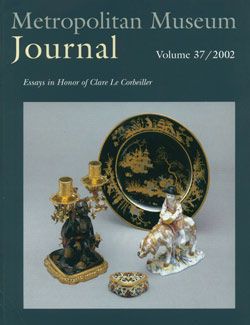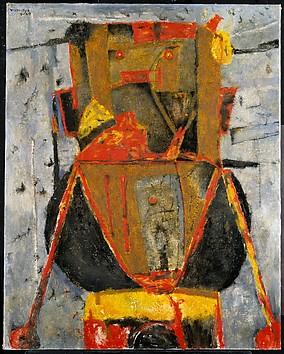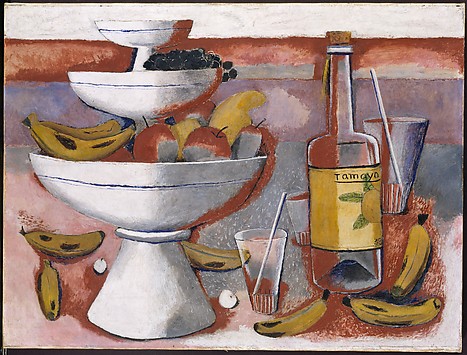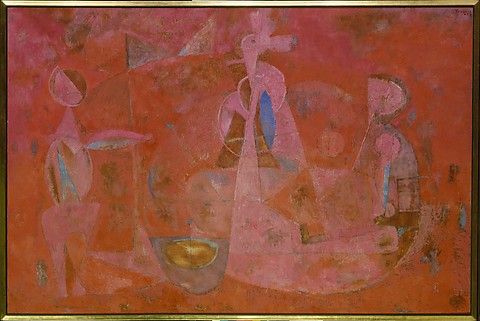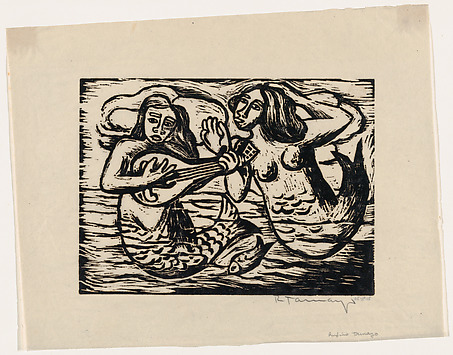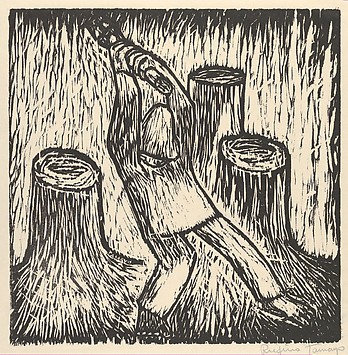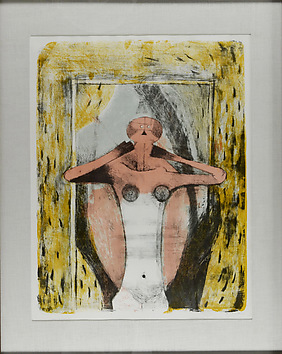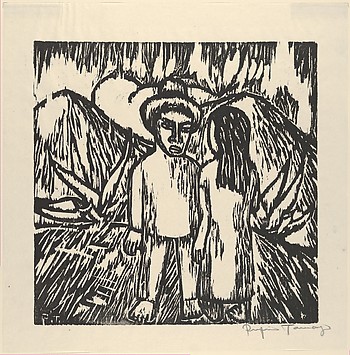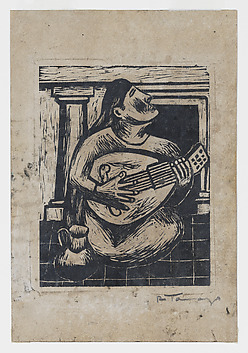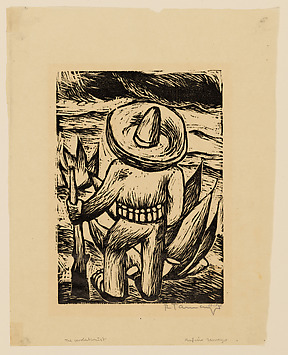Although far removed in subject matter from the elegant courtesans for which Kitagawa Utamaro (1753–1806) is justly renowned, the "Book of Insects" (Ehon mushi erabi, literally translated as "Picture Book of Selected Insects") is not merely a footnote to the artist's lifework. Rather, it is a pivotal work, one that assured Utamaro's future artistic career and anticipated subsequent developments in Japanese art. For in the book's fifteen delicate designs, the artist has woven threads of Japanese and Chinese artistic tradition together with a naturalism obtainable only through keen powers of observation. Although the title mentions only insects, a variety of plant and animal life is portrayed and rendered with such subtlety and graceful simplicity that the true genius displayed by the artist can be easily overlooked. Although this book is now treasured for its illustrations, it was originally designed not simply as a picture book but as an anthology of specially commissioned poems on the subject of insects. In fact, the verses composed for each plate, new translations of which appear at the back of this volume, are appropriate poetic companions to Utamaro's unorthodox drawings. Yadoya no Meshimori, who compiled the poems and wrote the preface, was the leader of the kyōka (comic verse) movement, which emerged as a reaction against rigid classical traditions and allowed for great freedom of subject and style, for the poems often incorporate humorous or amorous undertones. In his preface Meshimori reveals that the idea for a selection of poetry based on the theme of love but apparently devoted to insects occurred to him and his friends as they sat listening to crickets and cicadas along a riverbank, an activity popular as early as the tenth century in Japan but given new life here as the poetic form and theme depart radically from tradition. The original Ehon mushi erabi consists of two volumes bound so that the fifteen designs form double-page illustrations, each one including depictions of two different species and two accompanying poems. Based on a superb first-edition copy in the collection of The Metropolitan Museum of Art, Songs of the Garden reproduces the fifteen designs by Utamaro in a facsimile size, arranged in a fold-out format to be viewed in Western fashion, left to right. The printed texts, unlike the original, follow the illustrations and a note about the poetry and the translations.







